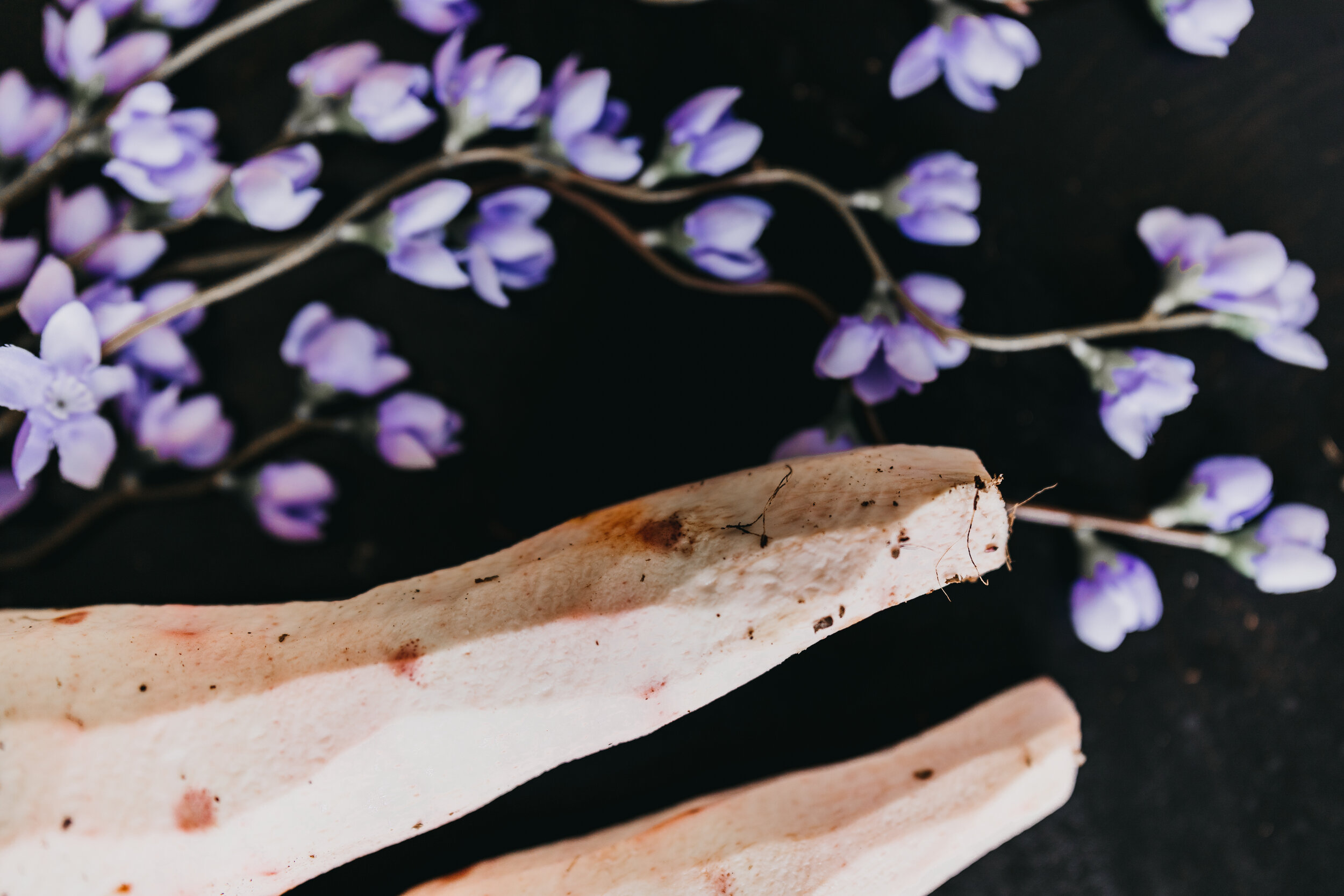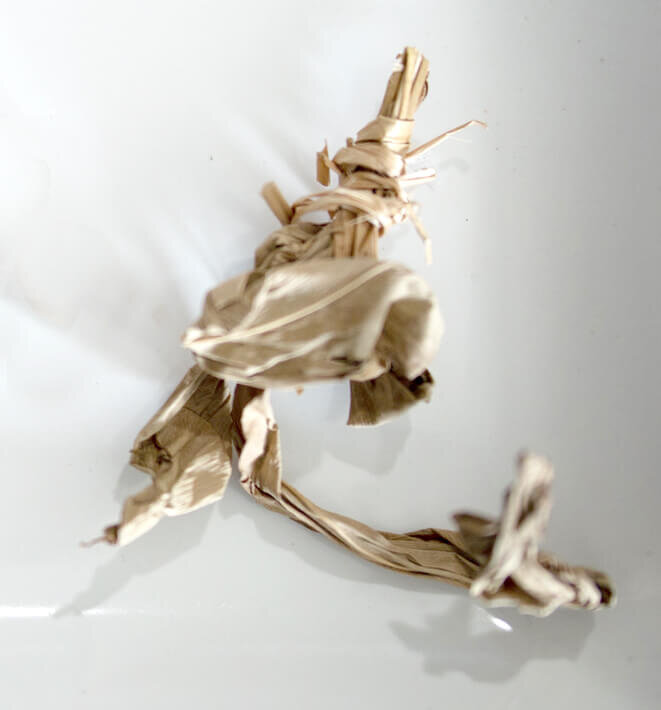
M
Makabo Cocoyams
Makabo Cocoyams (aslo called Malanga Cocoyams) are herbaceous perennial plants belonging to the family Araceae. Some Makobo Cocoyams are different in texture and consistency. Generally, the Red Makabo Cocoyam has a lower water content that the White Makabo Cocoyam. Therefore, Red Makabo Cocoyam is dryer in texture. The use of each depends on the recipe you’re cooking. Sometimes, to reach a certain consistency for a particular recipe, you may mix both. Makabo Cocoyams also have great health beneifts.
Related Recipes: Ekwang, Kwacoco and Banga Soup.
Mami Coco (Colocasia esculenta)
Mami Coco, commonly known as Taro or Cocoyam, is an important tropical root crop grown purposely for its starchy corms or underground stem It is regarded as one of the most important staple crops in the Pacific Islands, Asia and Africa. It is one of the oldest world’s food crops believed to have been first domesticated in Southeast Asia before its eventual spread to other parts of the world. It is grown mainly as an affluent source of starch for the use of its palatable corms and leaves as an edible vegetable. In Cameroon, it is locally called Mami Cocoyam (the long tuber root buds out smaller taro roots) and it is one of the cocoyam of choice when making Achu.
Related Recipes: Achu Soup.
Manjuweli
Manjuweli, as called by the Bakweri ethnic group of Cameroon, are the leaves of Alligator Pepper. It is used in Cameroonian cooking to add flavor to Banga Soup and other traditional dishes.
Related Recipes: Kwacoco and Banga Soup.


